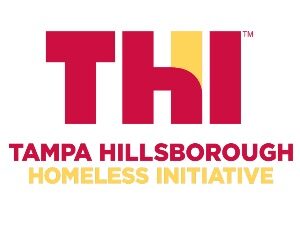Reducing homelessness around USF

Homelessness is a serious problem for the neighborhoods around USF.
By the most recent point-in-time (PIT) count from the Tampa Hillsborough Homelessness Initiative (THHI), the zip code 33612 — which covers the University Mall to Busch Gardens — has the largest number of homeless people sleeping on the streets out of all zip codes in Hillsborough County.
The daily struggles of the homeless are a grim and visible reminder of what life is like on the margins of society. They merit a permanent, compassionate solution.
According to a 2019 THHI presentation on homeless trends in the past five years, chronic homelessness in Hillsborough County dropped dramatically from 2014 to 2016 — from 409 chronically homeless individuals to 254 — but has leveled off since then.
The THHI has long emphasized a “housing first” approach, a strategy that focuses on getting homeless people into permanent housing as a first priority. For the chronically homeless, this means “permanent supportive housing,” or publicly-funded houses and apartments with wrap-around services like substance abuse treatment, mental health care and job search assistance.
The substantial progress the THHI made from 2014 to 2016 shows the value of this approach. The question now is how they can build on their success and continue to reduce homelessness in Tampa.
One roadblock is funding. Federal grant dollars from the Department of Housing and Urban Development have grown at a snail’s pace, from $6.2 million in 2014 to $6.3 million in 2018.
County funding, meanwhile, peaked at $4.2 million in 2017 and has hovered around that range since then, according to the Hillsborough County government’s 2019 budget. That number might seem large, but it is less than 0.1 percent of the county’s $5.5 billion budget.
Considering the scope of the homelessness problem, plus the sheer depth of the challenges homeless people face, these figures are peanuts. We have proven strategies to work toward decreasing homelessness — the question is whether Hillsborough County will put up the dollars to make them work.
Nathaniel Sweet is a senior studying political science.







